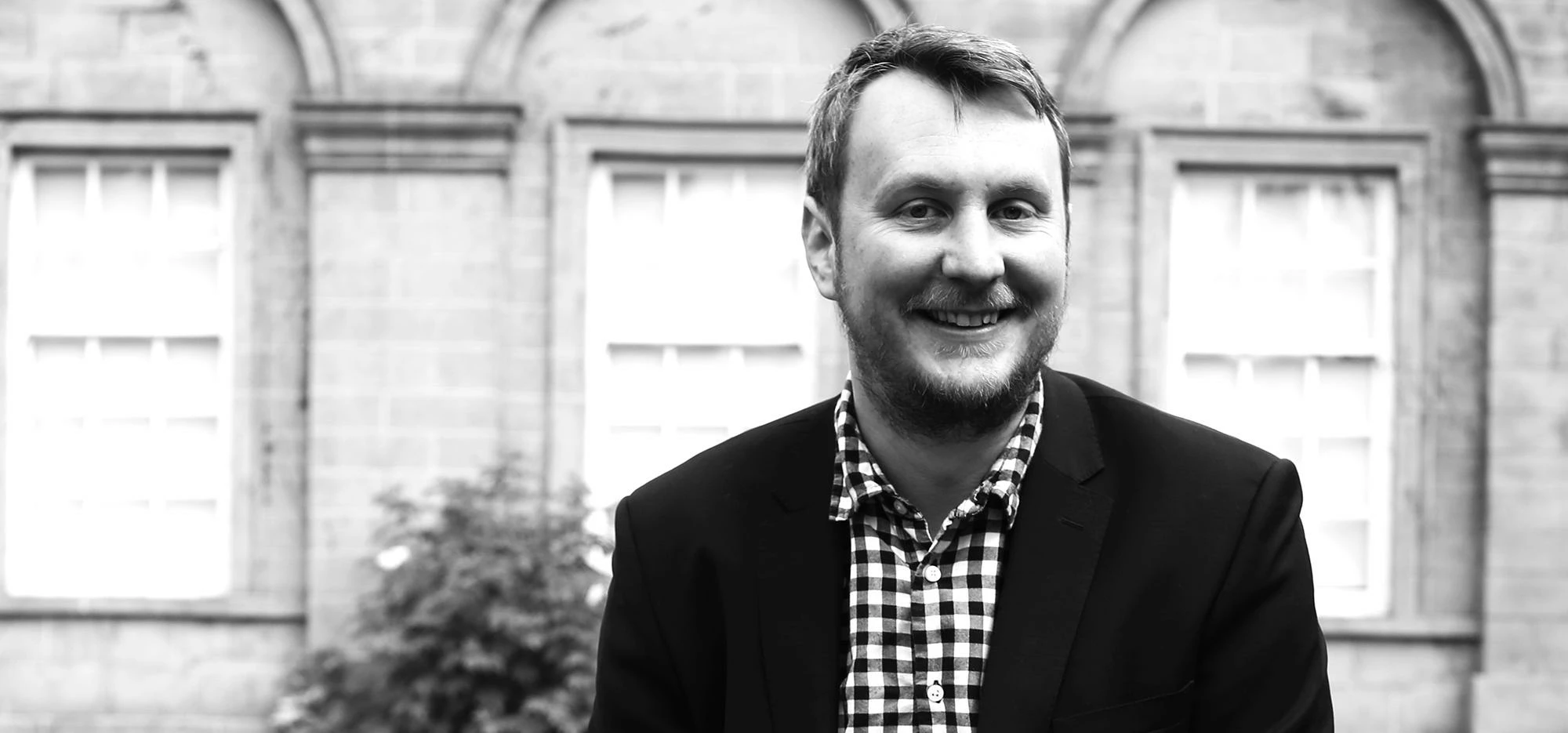
Partner Article
HELPING HEIs PUT THEIR DIGITAL HOUSE IN ORDER
LIKE houses, whose wiring has never been updated, universities are increasingly finding their original websites are no longer fit for purpose – and ignoring the problem will only make it worse, as a leading digital expert explains….
As owners of old buildings often discover to their cost, there are only so many times an electrician can add a junction box or extend a cable before the circuits become overloaded and, repair work, expensive.
Many universities are now experiencing similar problems with their websites.
Even those which were state-of-the-art when they were first created are now struggling to cope with the demands placed on them by users, by university staff and, ironically, by the digital age.
As universities have adapted to meet the demands of an ever-changing market - with increased departments, courses, facilities and, of course, students - many have simply added another web page or link to their sites.
In fact, it is now not unusual for a university website to run to more than 100,000 pages: of copy, research, policies and information, written by everyone from professors to bloggers.
However, as the main selling tool in an increasingly commercial marketplace, websites need to do more to attract, engage and service users – ultimately to ‘sell’ the university.
Worryingly, too, while most householders ensure wiring alterations are made by a qualified electrician, many universities – and businesses in general – adopt a scattergun approach when handing out responsibility for the website.
“Very often we’ll find there’s someone in marketing, someone in IT and someone from the Business School each having an input or assuming ownership,” said digital expert Michael Armstrong.
“And, while that level of stakeholder engagement is great, it can leave the user – the undergraduate looking for a course, for example - very confused and frustrated.”
In the past five years, Michael, Director at Newcastle-based Roundhouse Digital, has helped many of the UK’s top higher education institutions (HEIs) build and maintain their digital presence through websites, digital marketing and internal governance.
The company is now the UK’s leading provider of digital services to the sector, with longstanding clients, such as Newcastle and Liverpool universities and recent contracts such as York St John University and Edinburgh’s Heriot-Watt University.
“The website gives them a platform to engage with all users and stakeholders while also staying true to their ethos as an education service provider,” said Michael.
“The key to building a site that does what they need it to do, that will expand in line with them and that they can manage, lies in the research we do before we even begin to start constructing the site.
“In the first instance we look at, or in most cases shape, their digital strategy, not just in terms of a website, but also platforms like social media, on-line prospectuses, on-line learning, email branding and even big, messaging screens, on campus.
“Then it’s about governance and workflow; identifying who within the organisation will be managing the site and who will be creating content for it.
“We carry out detailed analytics to identify which pages of an existing site are most and least visited and this can be very helpful in defining the content structure of the new site.
“Very often, streamlining the site generates savings both in time and money as staff can be more usefully and profitably deployed elsewhere.”
Having established the site’s requirements and outline structure, content is the next issue. “Very often websites become dumping grounds for copy,” said Michael.
“Our job is to help the organisations decide what content they want to keep and to put systems in place to ensure that any copy posted is accurate and well written.
“But most importantly, we have to put ourselves in the shoes of the users. What information might they need to access? What sort of device will they be accessing it from – even the same user will have different priorities when viewing a website on mobile device – we need to consider every user journey and how can we make it easy for them.”
And, having investigated an HEIs digital requirements, aspirations, challenges and opportunities – what happens then?
“Then?” said Michael. “Then, we build the website.”
This was posted in Bdaily's Members' News section by Lauren Hillary .
Enjoy the read? Get Bdaily delivered.
Sign up to receive our daily bulletin, sent to your inbox, for free.








 How to make your growth strategy deliver in 2026
How to make your growth strategy deliver in 2026
 Powering a new wave of regional screen indies
Powering a new wave of regional screen indies
 A new year and a new outlook for property scene
A new year and a new outlook for property scene
 Zero per cent - but maximum brand exposure
Zero per cent - but maximum brand exposure
 We don’t talk about money stress enough
We don’t talk about money stress enough
 A year of resilience, growth and collaboration
A year of resilience, growth and collaboration
 Apprenticeships: Lower standards risk safety
Apprenticeships: Lower standards risk safety
 Keeping it reel: Creating video in an authenticity era
Keeping it reel: Creating video in an authenticity era
 Budget: Creating a more vibrant market economy
Budget: Creating a more vibrant market economy
 Celebrating excellence and community support
Celebrating excellence and community support
 The value of nurturing homegrown innovation
The value of nurturing homegrown innovation
 A dynamic, fair and innovative economy
A dynamic, fair and innovative economy